Traveling on a budget doesn’t mean compromising on experiences, especially in Southeast Asia, where public transport is affordable, reliable, and offers an authentic taste of local life. Ready to dive into the nitty-gritty of navigating public transport in this vibrant region? Let’s go!
Table of Contents
Why Public Transport is the Best Option for Budget Travelers
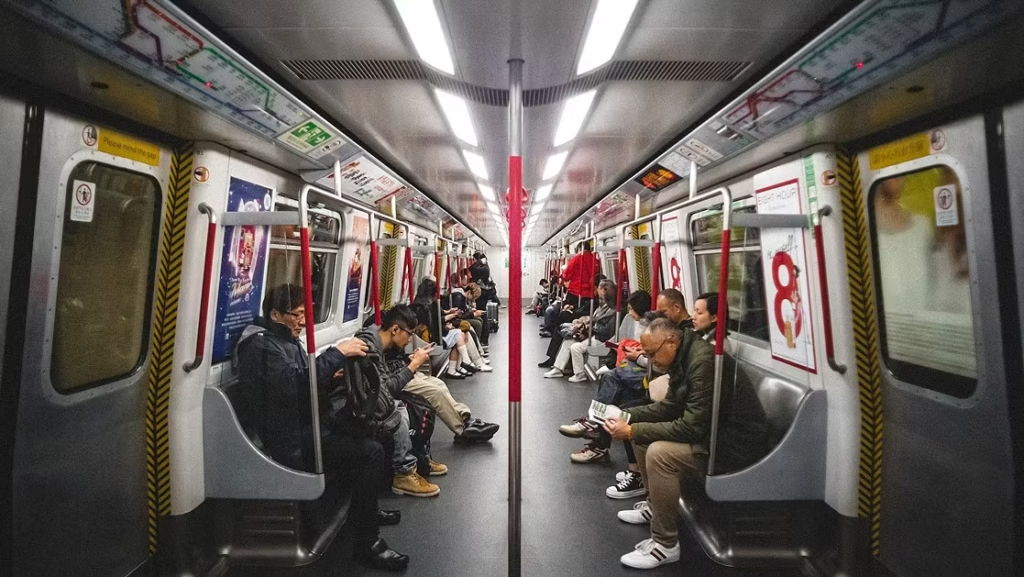
Cost-Effectiveness Compared to Private Transport
Public transport in Southeast Asia is incredibly cheap. Whether it’s a bus ride across town or a train journey to another city, you’ll save significantly compared to hiring private taxis or renting vehicles.
Environmental Benefits
Choosing public transport also reduces your carbon footprint. It’s an eco-friendly way to explore the region while supporting sustainable travel practices.
Overview of Public Transport in Southeast Asia
Popular Modes of Public Transport
Buses

From local city buses to long-distance coaches, buses are the backbone of public transport in Southeast Asia. They’re widely available and cover almost every corner.
Trains
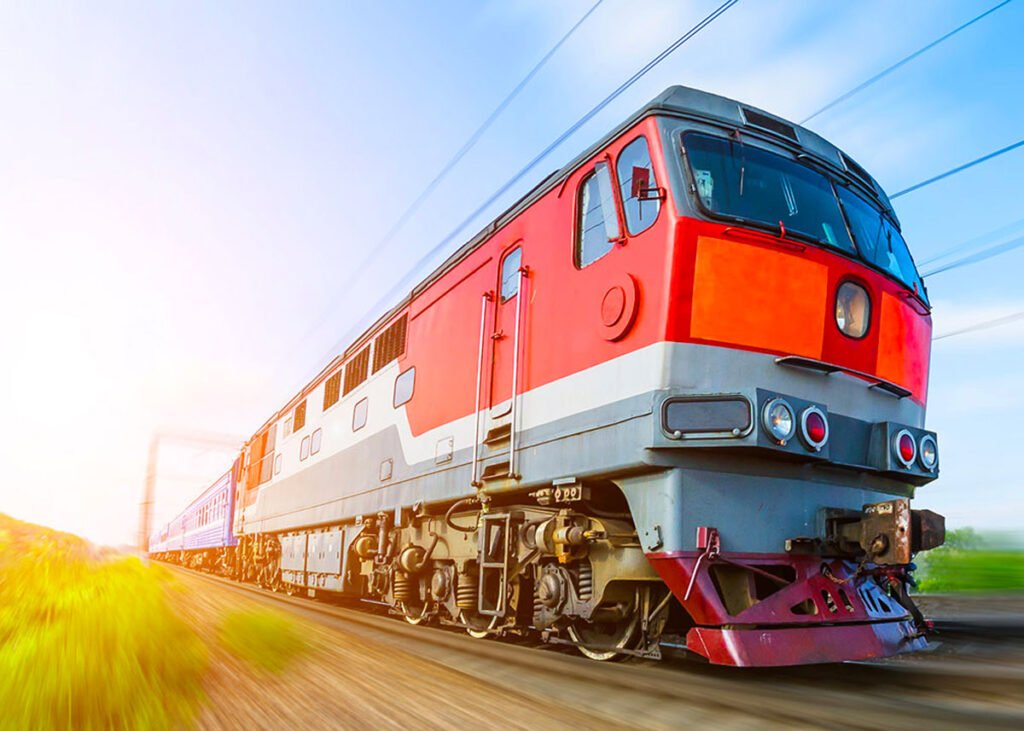
Countries like Thailand, Vietnam, and Malaysia have extensive train networks. Sleeper trains, in particular, are a favorite among travelers.
Tuk-Tuks and Rickshaws
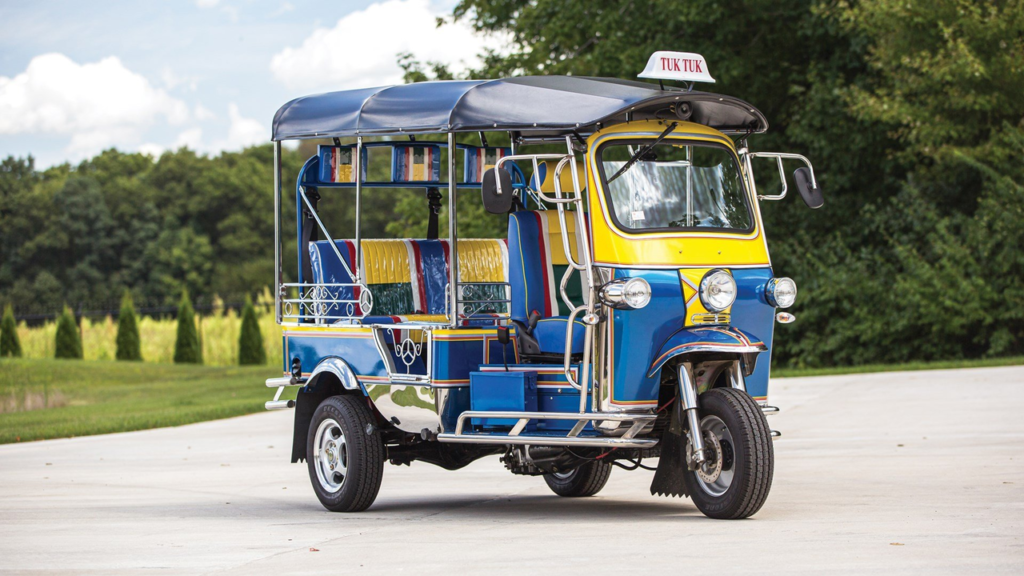
These iconic three-wheelers are perfect for short distances and a fun way to experience local charm.
Ferries
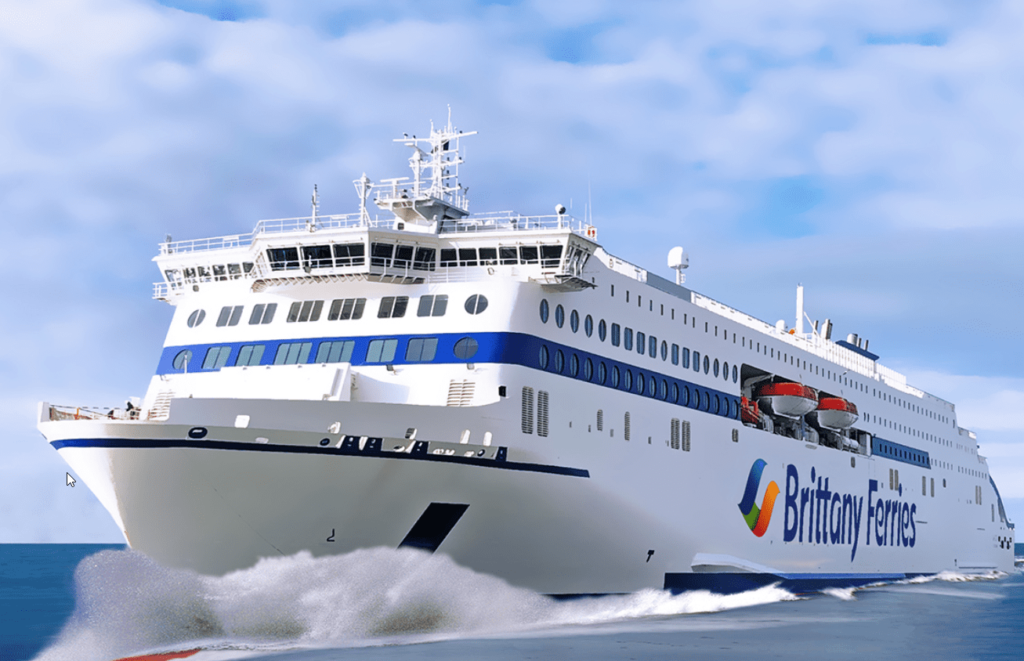
For coastal and island destinations, ferries provide a scenic and affordable way to get around.
Key Challenges Travelers Face
Understanding schedules, language barriers, and crowded vehicles can make public transport a bit overwhelming for first-timers. However, preparation is key!
Tips for Using Buses in Southeast Asia
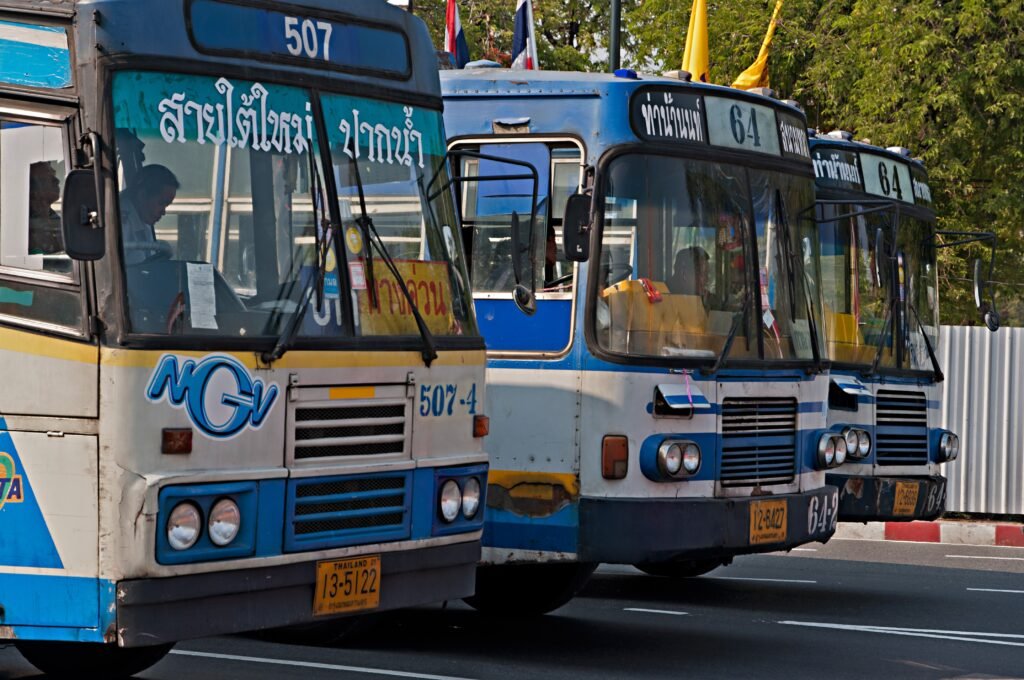
Booking Tickets
Many buses allow online bookings through apps or websites. For local buses, tickets are often bought on board.
Understanding Local Routes
Ask locals or consult online maps to figure out routes. Apps like Google Maps can be a lifesaver.
Staying Safe and Comfortable
Keep an eye on your belongings, and carry a neck pillow and snacks for longer journeys.
Mastering Train Travel in Southeast Asia

Popular Train Routes
The Bangkok to Chiang Mai route and Vietnam’s Reunification Express are must-try train journeys.
Navigating Sleeper Trains
Pack light, secure your luggage, and prepare for a cozy (though sometimes bumpy) ride.
Booking in Advance
Train tickets for popular routes sell out quickly, so book early to secure a seat.
Exploring Cities with Tuk-Tuks and Rickshaws
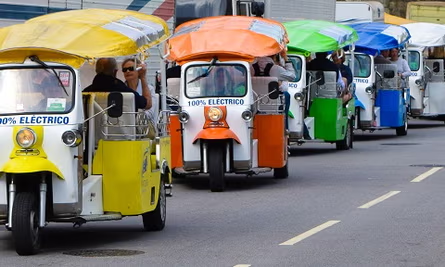
Negotiating Fares
Always settle on a price before beginning your ride. Haggling is expected, but it should be done fairly.
Understanding Local Etiquette
A smile goes a long way. Be respectful and polite when interacting with drivers.
Navigating Waterways with Ferries
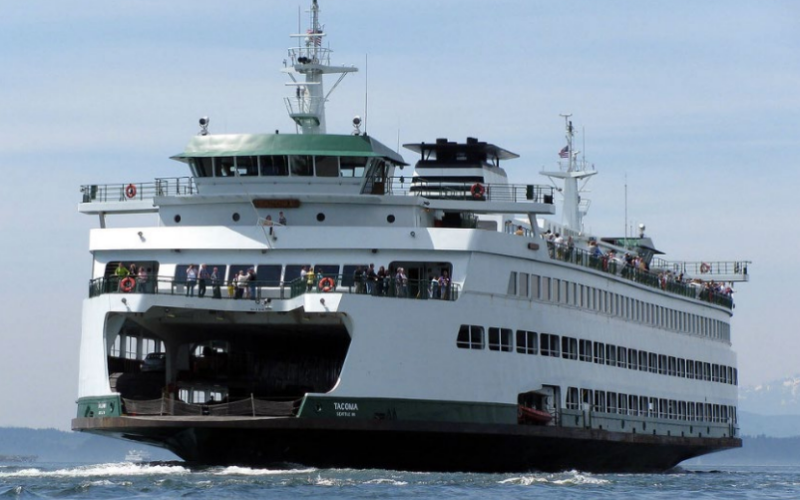
Coastal and Island Hopping
Ferries are ideal for exploring Thailand’s islands or the Philippines’ archipelago.
Booking Ferry Tickets
You can book tickets online or directly at the docks. Check schedules to avoid long waits.
Essential Apps for Public Transport in Southeast Asia
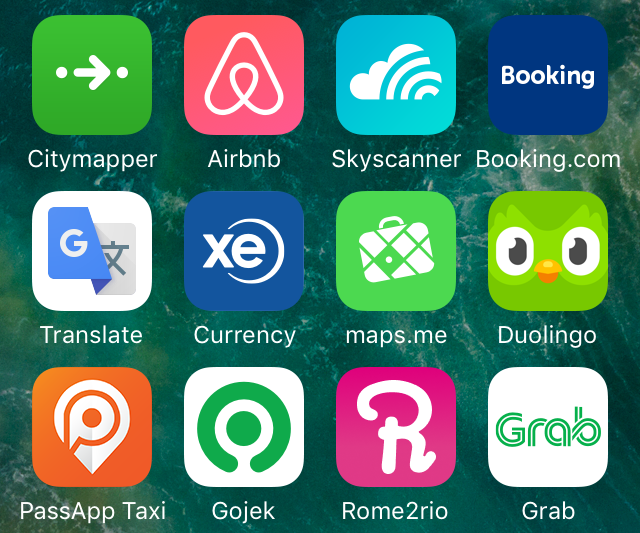
Navigation Apps
Google Maps and Rome2Rio are invaluable for planning routes.
Translation Tools
Google Translate and other language translation apps can assist bridge linguistic gaps.
Ticket Booking Apps
Platforms like 12Go Asia simplify ticket bookings for buses, trains, and ferries.
Understanding Local Customs and Etiquette

Dress Code
Modesty is key in many parts of Southeast Asia. Dress appropriately, especially on public transport.
Respecting Personal Space
Public transport can get crowded, so be mindful of others.
Being Polite While Traveling
A little politeness goes a long way. Say thank you (in the local language if possible) and be patient.
Money-Saving Tips for Public Transport
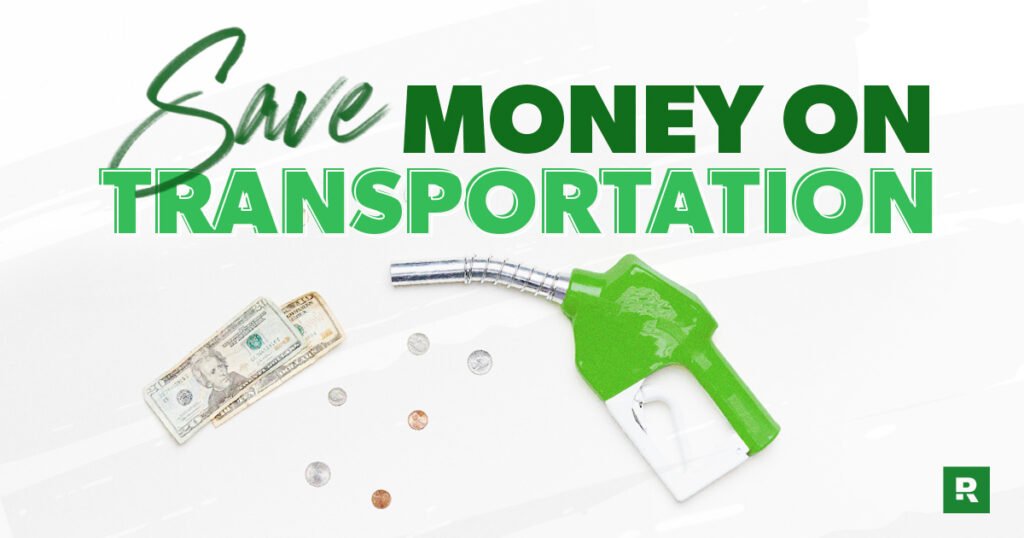
Using Travel Cards
Cities like Bangkok and Singapore offer travel cards for unlimited rides at discounted rates.
Taking Advantage of Local Discounts
Some operators offer discounts for students, seniors, or groups. Always ask!
Safety Tips While Using Public Transport
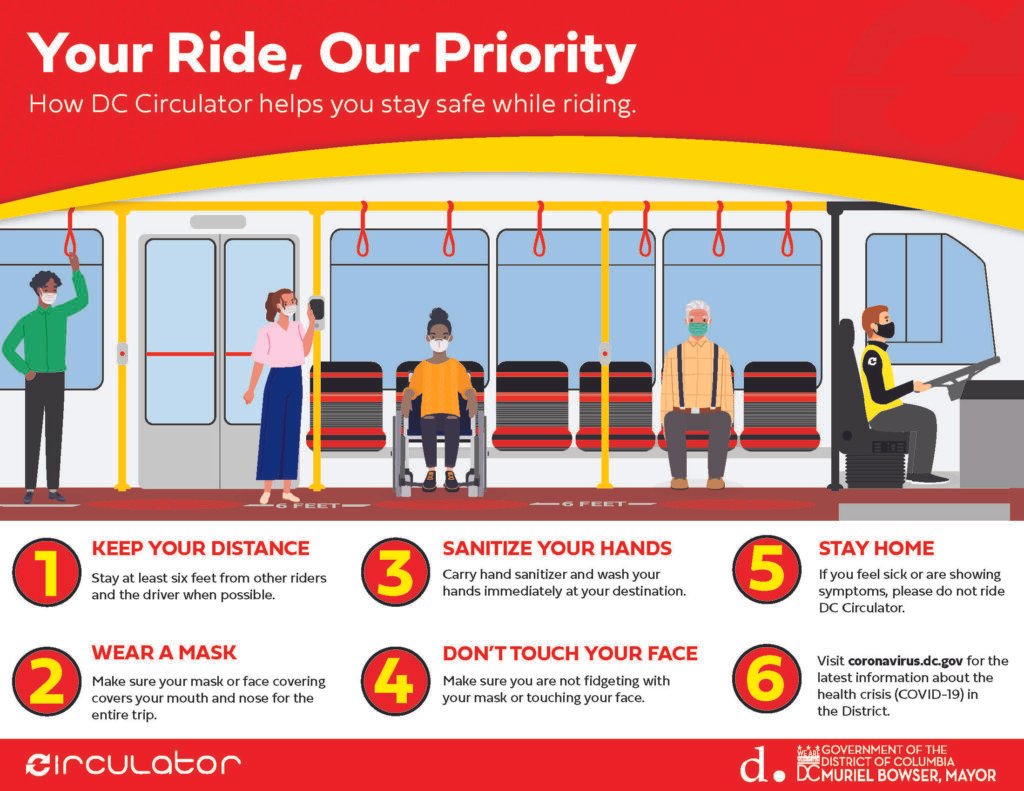
Keeping Valuables Secure
Use anti-theft bags and keep an eye on your belongings, especially in crowded spaces.
Staying Aware of Scams
Be cautious of overly friendly strangers offering unsolicited advice.
Benefits of Public Transport for Cultural Immersion
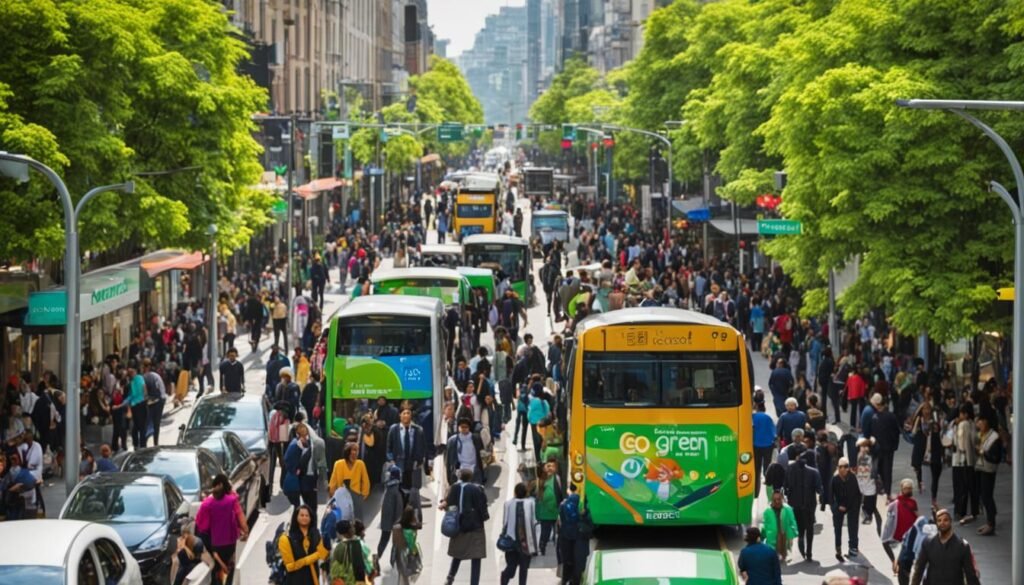
Interacting with Locals
Public transport offers a chance to meet and learn from locals.
Observing Daily Life
See the hustle and bustle of daily life from a unique perspective.
Top Public Transport Experiences in Southeast Asia
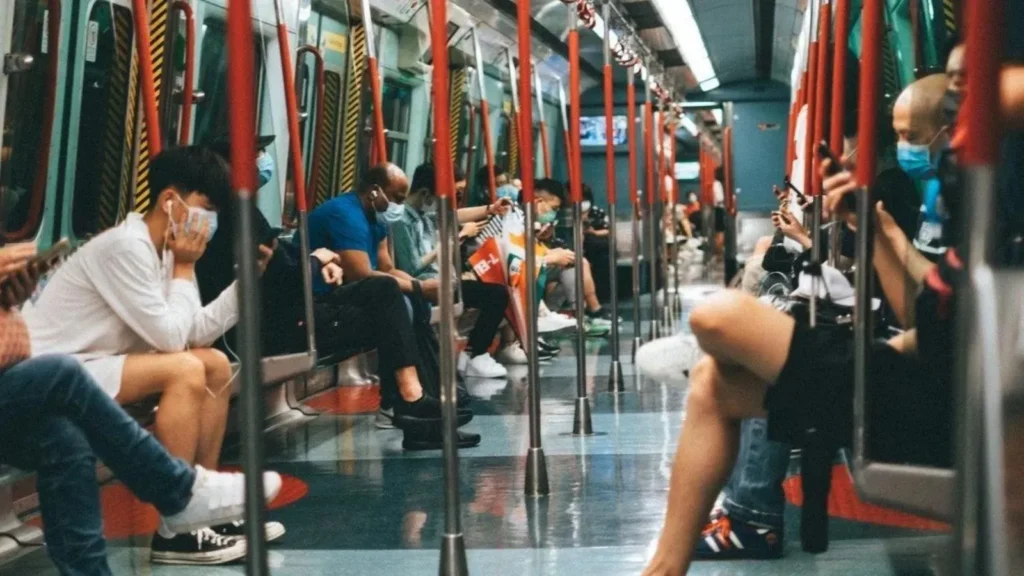
Bangkok’s Skytrain (BTS)
Modern, efficient, and perfect for navigating the city’s traffic.
Vietnam’s Open Bus Tour
A hop-on, hop-off service popular among backpackers.
Philippine Jeepneys
Colorful, quirky, and a cultural icon of the Philippines.
Also visit:
Plan Your Adventure: Top Hiking Trails in Colorado for Weekend Getaways
The Most Scenic Top Hiking Trails in Colorado for Stunning Views
Explore Beyond Rome and Venice: Hidden Gems in Italy
Hidden Gems in Italy: Your Guide to Offbeat Adventure
Hidden Germs in Italy: Unique and Undiscovered Places
The Best Beaches in Florida for Nature Lovers
Conclusion
Navigating public transport in Southeast Asia might seem daunting at first, but it’s an adventure worth embracing. With the tips shared here, you’ll not only save money but also gain a deeper appreciation for the region’s culture and people. So, pack your bags, download those apps, and get ready for an unforgettable journey!




